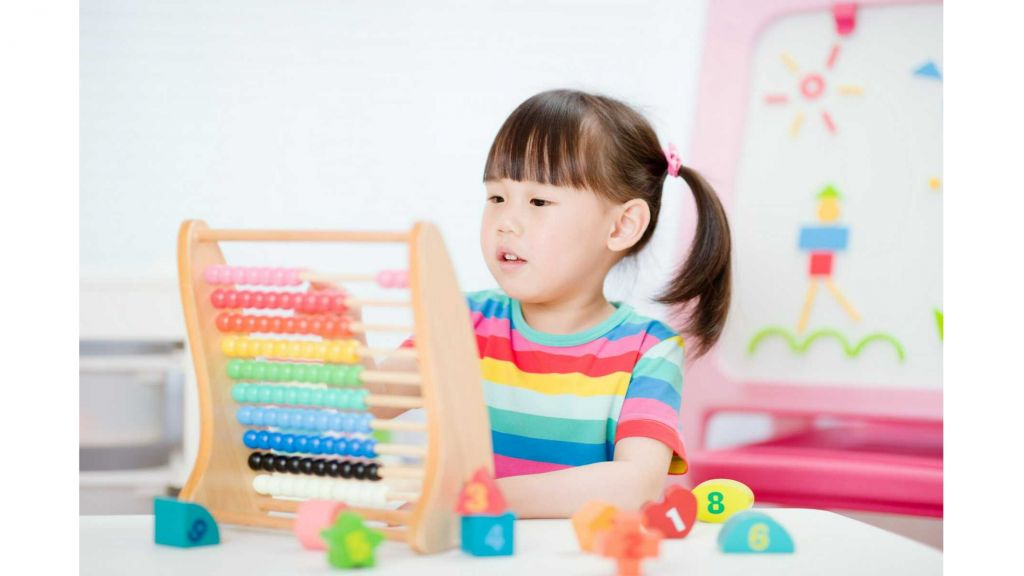There is an ancient learning tool, first used in the year 2,700 BC, that transforms the way that young children understand numeracy. "The world's oldest calculator" can help children develop number sense, build estimation skills, and even strengthen the physical synapses in the brain!
When used correctly, this powerful device can form the foundation of a child's mathematical success for life.
It isn't a computer or a workbook, and there is no magic involved. The tool is the humble abacus, which has been making mathematics visible for millennia!
The most famous abacus might be the Chinese abacus, but there is evidence of its use in Ancient Rome, Russia, and Japan. There are even high-tech computer systems that rely on binary abacus technology to this day! You can be the next one to harness the abacus's power when you bring one home for your child!
If you don't know how to use one, it's not too late to learn! Keep reading to discover the ins and outs of the abacus, and how you can incorporate it into your child's early math education!
What Is an Abacus?
In essence, an abacus is a very primitive calculator or computer. Mathematicians sometimes call abacuses "counting frames." A basic abacus consists of a frame with various vertical rods that are strung with beads that can move up and down.
It is a tactile tool that makes quantities visible to the sighted. Today, the abacus has many applications for the blind. It's also a wonderful learning tool for young children exploring quantity for the first time.
Historians are unsure who is responsible for inventing the abacus, or exactly when it was first invented. It probably originated in Ancient China or Babylon. The abacus may have had many inventors across many cultures, as you can find a version of the tool in nearly every country on earth.
The word "abacus" probably comes from the Ancient Greek word "abax," which means "flat surface." The Ancient Romans translated this word into the Latin abacus. It is still called an abacus today.
How an Abacus Works
The frame of the abacus contains several rods strung with beads, which move up and down independently. Each rod is representative of a place value, which decreases from left to right. A single abacus can represent values into the millions, down to the decimal place!
Some abacuses separate the beads into two rows of five. Moving a bead from the top row to the center counts as a quantity of five. Moving a bead from the bottom row to the top allows an individual to count up to ten.
Using this system as a basis, it's possible to perform all of the basic mathematical operations on an abacus. Its strength is that it makes these calculations tactile, tangible, and visible. An ancient merchant might have used an abacus so that a customer couldn't contest a charge at the marketplace.
The first computer programming languages are also based on the abacus. Computers were originally programmed using a binary system, described as a series of zeros and ones. These roughly equate to the low and high rows of the abacus, another binary system!
The Abacus in Early Childhood
Nobody expects a preschooler to use an abacus to count to one million or work with decimals. For young children, this tactile tool has another important developmental function. It can help them form flexible models of quantities that make complex mental math possible as they age.
According to developmental theorist Jean Piaget, children experience four basic stages of cognitive development. Preschool and early elementary-aged children fall into the preoperational stage. At this stage, children gain the ability to engage in symbolic thought but need concrete visuals to make concepts tangible.
An abacus can be that concrete visual. As long as children can see and manipulate quantities, they are capable of understanding them. When kids engage meaningfully with numeracy during sensitive periods of development, they retain these mental models for life.
The best abacus for kids under seven is a horizontal wooden abacus. Here are a few meaningful ways to use an abacus with a young child.
Teach Patterning With an Abacus
One of the most fundamental skills in both math and reading is patterning. Children who can identify, name, and complete patterns are more prepared for complex learning than their peers. You can use a colorful abacus to encourage these early patterning skills.
You may want to create and photograph a series of simple patterns for your child to copy. This encourages an early counting principle called one-to-one correspondence. It forms the basis for all numeric understanding moving forward.
Understanding Tens Using an Abacus
The mathematics used today is base ten mathematics. Understanding how to decompose a quantity of ten is a skill that will come in handy as a child begins formal mathematical education. You can introduce the concept using a guessing game.
Move a few beads to one side of the abacus and ask your child to count them. How many are missing?
If your child can guess, they are beginning to develop mental math skills. If not, help your child move each bead over until you have a group of ten again.
Use an Abacus Along With Counting Songs
Children love counting songs, but the concepts in the songs are often learned by rote. You can make mathematics musical by using an abacus to model the events in these songs.
For example, have each bead represent a duck in the song "Five Little Ducks," or a monkey in "Five Little Monkeys."
Elevate Math Learning with an Abacus
Sometimes a simple frame filled with beads is all you need to transform the way a child's brain works for life. When you bring home an abacus, you are doing more than offering your child a new toy. You are handing them a tool that they can use to make sense of their world.
You can bring home a beautiful new abacus when you shop with us at Sandhai. Visit our online store to browse our collection of abacuses, as well as other valuable learning tools.




Share this via
Or copy link